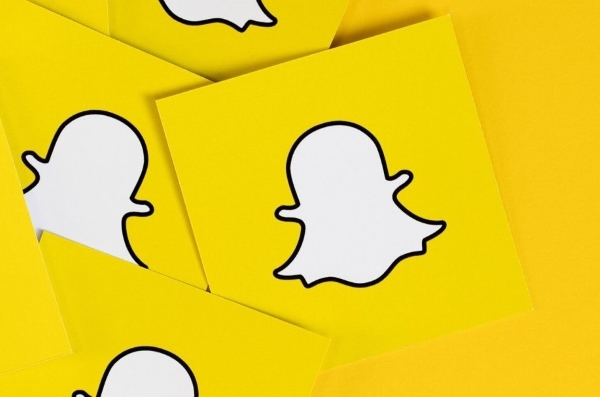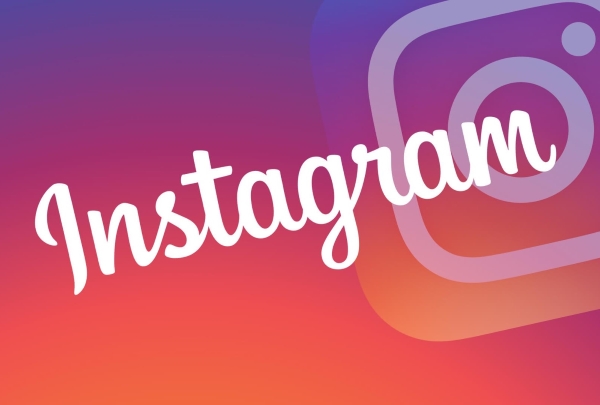When it comes to promoting a website or blog, many people get confused about where to begin. While SEO (Search Engine Optimization) is one way of trying to attract more visitors, it can be difficult and expensive to concentrate on SEO in the short run. Furthermore, social media and Google’s changing algorithms are fast making SEO less relevant. This is because Google now shows results from your Google Plus contacts if you perform a search while being logged into a Google account. In what is to follow, I will provide you with a complete overview of how to promote your website with the help of various social media websites.
Before we explore the various social media options it is first worth defining social media. Many people make the mistake of confusing social networking with social media, which is quite incorrect. Social networking includes websites and platforms that enable us to connect with other users (such as friends and family), whereas social media not only consists of social networking, but also includes social bookmarking, photo and video sharing, social news and even websites like Wikipedia.

For those of you who are new to Twitter or find it confusing to understand, it is a social networking and microblogging service. In other words, Twitter is for connecting with other people sharing links to other blogs and for writing smaller blogs (limited to 140 characters).

Add Hash Tags
When sharing your tweet add a hash tag for important words. For example, if your tweet is to promote a post from your blog with a title like this one: “Fix Android Battery Drains: URL”, then add a hash tag for important words like this: “Fix #Android #Battery Drains: URL”. This way when someone searches Android on Twitter, your tweet will show up among fresh results. Furthermore, Twitter results also appear in search engines, so it is always good to tweet your post once it is published.
Follow Back
Also make sure to follow back people following you. 99% people on Twitter that follow you just want to be followed back. The more followers you have the more people you are likely to reach out to, since you will be showing up in more feeds and also getting more followers interested in your content. The more “interested” followers are more likely to follow you if they notice that you have a good fan base (even if many of them are just bots). People use some paid services to auto follow people who are of a specific category and Unfollow anyone who hasn’t followed back in a while. This gives them good followers. Something that I believe some politicians have also been accused of doing.
Moral of the Story
To make it simple; follow back people who follow you and use Hash tags. Tweets are like sending someone an SMS over a web service. The difference is that others can also see it more like a public SMS.
For those of you who find Facebook complicated, you can see it in the following way (for simplification purpose): Profiles, Friends, Apps and Fan Pages. I have provided a break down of each to help beginners and intermediate users.

Profile: It’s as good as making one on any other service, you can create a profile that covers the basics about you and mentions your website.
Friends: This may include your contacts, clients, etc. Avoid adding unknown people to your actual profile and make a separate profile to promote your website e.g. if you require adding potential clients. You can also use Facebook as a fan page.
Fan Page: Make a fan page, write an intro of your website and invite your friends to join. Put a fan page box on your website to get fans, (see my Like Box on the right). The box should appear on every page, preferably on a reasonably noticeable location such as the right sidebar.
Apps: These are normally games or web apps for frivolous activities, however, some of them can also useful for promoting your website, such as apps by some web services that allow publishing posts. A good example of such an app is RSS Graffiti.
Google Plus
Google+ is like a cross between Twitter and Facebook. When you find someone that you want to follow, click add to circles and select a category, (e.g. Friends, Work Friends, Family, Acquaintance, etc). If you were to see My Google Plus Profile, I have added people who have similar interests (such as users looking for Windows, Linux or Android tips) and also people from my personal contact list. When I share a post on Google Plus these people visit my site which gives me traffic. Moreover, if my followers like my post, they further share it on their profiles, which gets me more traffic and followers.

YouTube
Another great way of promoting your website is to create attractive videos and upload them on YouTube. You should target keywords relevant to your website/blog and try to watermark your videos with your URL. You can borrow some ideas from the WML Cloud YouTube Channel. The videos can be promotions, How-Tos, guides, screencasts (video tutorials) and other kind of content that may attract visitors to your website.

StumbleUpon
For those of you who do not know much about StumbleUpon, people make an account on this website, specify interests such as gaming, movies, internet, etc and they are shown random websites that have content from their interest. If you share a post/page of your website, you will be asked to select a category from a drop down menu. When people who have listed that interest in their profile browse Stumbleupon, they are shown relevant websites, (such as your shared webpage). It has millions of users so you get automatic traffic.
Digg
Long story short, make an account and share your content, if other people dig it shows up on the main page and you get heavy traffic. But that’s not why some bloggers use Digg, since they never get a post on the front page. The thing is that search engines also show Digg shared content. So there is a chance that their posts shared on Digg will be showing up in search engines with a better page appearance. As even if your website’s Page Rank is zero Digg has a good PR.

Other Resources (Wikipedia, Reddit, Flickr, Yelp, Dlvr)
You can always use other platforms such as Wikis, Yelp, Reddit, as well as photo sharing, social bookmarking services and online forums to promote your website or blog. You can also use services like dlvr.it to automate publishing of your content to social media websites such as Twitter, Facebook and Tumblr. Once you input and authorize your accounts (e.g. Twitter and Facebook), Dlvr will automatically share your posts to Twitter and Facebook. In the case of twitter you will automatically start getting followers, just follow back.

The best way to learn about social media is to use it. The more you use social media, the better exposure your website is likely to get. However, make sure that you keep a balanced approach and avoid spamming, since that can get you in serious trouble with search engines and social media websites. Also try to comply with the policies of each website and try not to get into workarounds.





